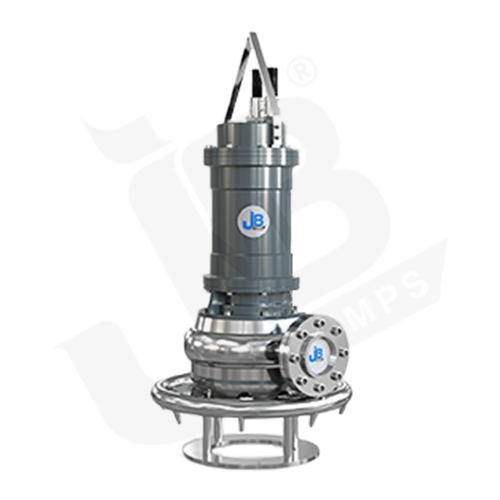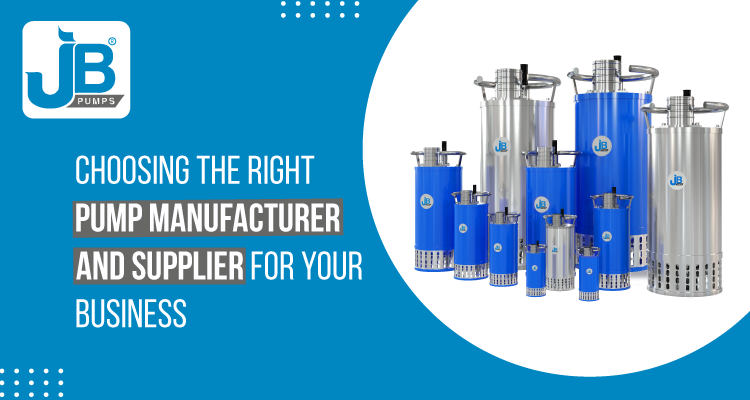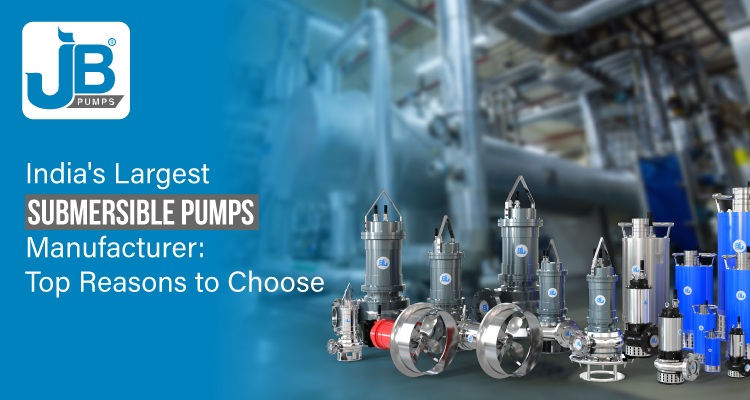
Handling and moving slurries is one of the challenging situations for the industry. As the slurry is highly abrasive, corrosive, and thick solids, it can be tough for normal pumps to transfer it.
But if the right heavy-duty industrial pump is used, it can efficiently transfer tough slurries without any clogging and affecting pump performance.
This is the sheer reason why industries opt for Submersible Slurry Pumps. These pumps are powerful enough to handle abrasive, corrosive, and high-density materials.
Well, there is more than this Submersible Slurry Pump offers, and we are going to learn about all that below.
In this blog, we will understand Submersible Slurry Pump, its working, benefits, and applications.
What is a Slurry?
A slurry is a mixture of liquid combined with fine solid particles, for instance, cement, starch, manure, and coal suspended in water.
Slurries are generally thick, viscous fluids that are divided into two categories that are non-settling slurries and settling slurries.
Non-Settling Slurries –
This type of slurry consists of fine solid particles and has low wear properties. A highly efficient slurry pump is required to handle non-settling slurries as it doesn’t behave in the same way as a normal fluid does.
Settling Slurries –
This type of slurry consists of coarse particles and has high wear properties. Heavy-duty pumps with better flow control and power are needed to handle settling slurries.
Moreover, different types, sizes, and particle quantities altogether help determine the characteristics and flow properties of slurries.
Take a look below at some common characteristics of slurries:
- ➔ Highly Abrasive
- ➔ Thick Consistency
- ➔ Higher Concentration Of Solids
- ➔ Quick And Easy Settling
- ➔ Require More Power Consumption
What Are Submersible Slurry Pumps?
A submersible slurry pump is a heavy-duty and robust pump specially designed to work underwater. It is completely submerged in the liquid that needs to be pumped.
High power consumption is required to move slurries with a highly thick and viscous nature; however, submersible slurry pumps' heavy-duty design allows them to easily transfer such slurries.
Moreover, the pump's innovative mechanism makes them highly practical and efficient for handling abrasive and corrosive slurries.
Submersible slurry pumps are widely used in industrial and commercial applications such as mining, construction, and wastewater treatment industries.
These pumps are mainly designed to pump large amounts of liquids being fully submerged.

Main Components Of Submersible Slurry Pumps
Impeller – It is a rotating component that is used for pump rotating and is responsible for the movement of slurry through the pump.
Volute – The volute of the slurry pump is a casing, or say, the outer shell of the pump responsible for maintaining the constant velocity and uniform pressure of the fluid being pumped by the impeller.
Motor – The main function of a motor in the slurry pump is to provide the required power needed to drive the impeller.
Seal – Seals present in slurry pumps are used to prevent and detect leakage, lubricate the secondary seal, and keep contaminants out. Quality seals ensure the longevity of the slurry pumps.
Discharge Pipe – A discharge pipe ensures slurry fluids are evacuated to the outlet ideally. This discharge pipe is connected to a pipeline or hose for material transportation.
How Do Submersible Slurry Pumps Work?
Submersible Slurry Pumps have a simple mechanism that works by pulling fluid and pumping it to a different location. The motor attached to the slurry pump body powers the pump for operation.
This motor is sealed to work efficiently while submerged in liquid. The tough and waterproof construction of the pump with advanced pumping capabilities helps them resist being submerged in sewage and allows easy operation from deep inside a well.
To talk briefly about the working principle, the slurry enters the submersible pump via a rotating impeller which is responsible for generating circular motion. Later the slurry is thrown outwards via centrifugal force and flows between the impeller blades.
After reaching the impeller edge, slurries start moving at a higher pace. In the pump casing, the high-speed energy is converted into pressure energy.
The submersible slurry pump then increases the liquid and solid pressure using centrifugal force and converts electric energy into kinetic energy for pumping the slurries.
Benefits Of Submersible Slurry Pumps
Submersible Slurry Pumps have various benefits; below are some of them:
- Can easily handle highly corrosive slurries
- Occupy less space as it can directly operate in the slurry
- Integrated design makes it more compact and quick to install
- Generate less noise and does the silent operation
- Built with robust material, it is highly durable
- Wear and tear resistant from abrasive materials
- Consume low energy making it energy efficient and reliable
- Reduced maintenance costs and longer lifespan
- Have a self-priming mechanism that reduces the risk of pump damage caused by dry running
Applications Of Submersible Slurry Pumps
- ➡️ Mining
- ➡️ Construction
- ➡️ Wastewater treatment
- ➡️ Drainage system
- ➡️ Agriculture
- ➡️ Dredging
- ➡️ Deep wells
- ➡️ Sand recovery
- ➡️ Sewage treatment
Finishing It Up
Pumping slurries can pose several challenges and problems due to their viscous and thick nature. But with the right slurry pump selection, you can ensure trouble-free operation for a longer time.
Submersible slurry pumps are well known for their high performance in demanding conditions. With an integral mechanism, it is the right choice for pumping slurries for various purposes.
JB Pumps is a trusted submersible slurry pump manufacturer and supplier in India. We provide a wide range of submersible pumps for various applications.
To know more about our submersible pumps, visit our website: www.jbpumpsindia.com
Or request a quote to start your order at info@jbpumpsindia.com



